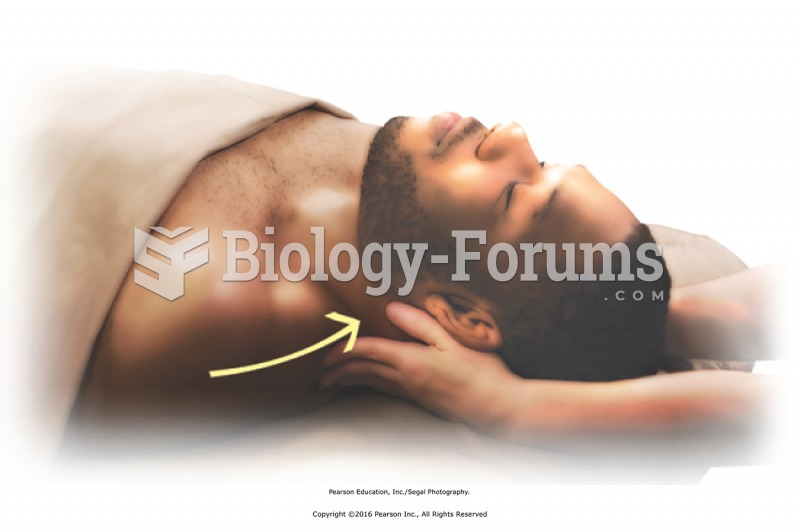|
|
|
Asthma attacks and symptoms usually get started by specific triggers (such as viruses, allergies, gases, and air particles). You should talk to your doctor about these triggers and find ways to avoid or get rid of them.
The newest statin drug, rosuvastatin, has been called a superstatin because it appears to reduce LDL cholesterol to a greater degree than the other approved statin drugs.
Studies show that systolic blood pressure can be significantly lowered by taking statins. In fact, the higher the patient's baseline blood pressure, the greater the effect of statins on his or her blood pressure.
People about to have surgery must tell their health care providers about all supplements they take.
It is difficult to obtain enough calcium without consuming milk or other dairy foods.
 Continuous positive airway pressure (CPAP) device. The sleeping subject is receiving the benefits of
Continuous positive airway pressure (CPAP) device. The sleeping subject is receiving the benefits of
 The Pleiades, an open cluster of stars in the constellation of Taurus. These stars share a common mo
The Pleiades, an open cluster of stars in the constellation of Taurus. These stars share a common mo





